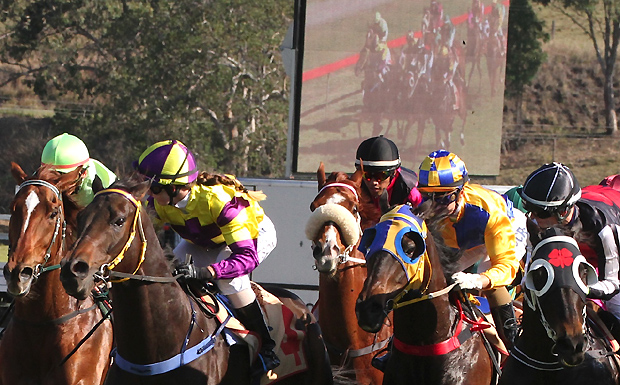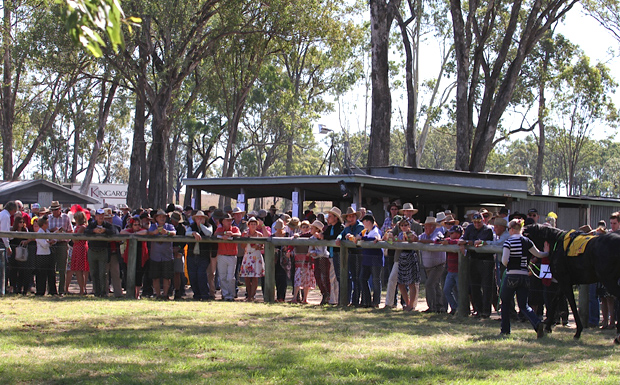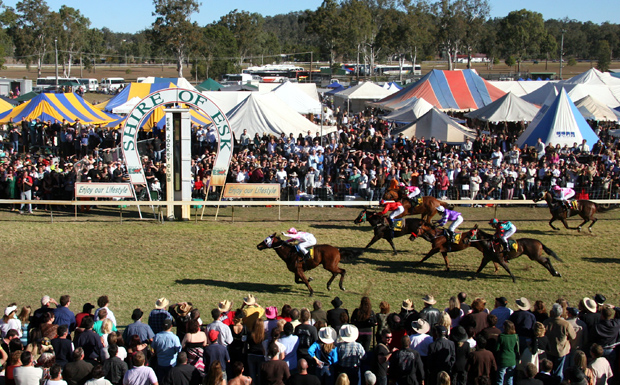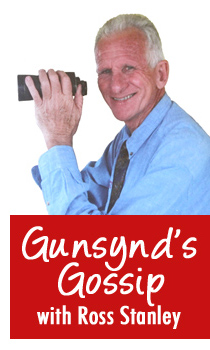
It is likely that at some point during Racing Queensland’s current consultations about the Queensland Racing Industry, the notion of reducing the number of non-TAB meetings, clubs and courses will be raised as a money-saving strategy.
This will no doubt provoke some animated discussion amongst the many different groups that would be affected by any cut-backs in these areas.
So let’s play with some ideas to get the ball rolling.
* * *
Assertion 1: Because there is no TAB betting on most country racing, the sector does not contribute ingredients to that particular financial pie.
Response 1: Horses move between country and provincial meetings quite often. If a galloper proves itself at the non-TAB level, connections are sure to aim at the higher stakes.
Conversely, runners that can’t quite break through at the provincials can pick up some money by stepping down in class. Many trainers and riders that operate at the provincials also use the non-TABs to derive income.
Junior football does not earn television income for its sport. But most people are smart enough to appreciate the fact that it is a necessary nursery, and there’s no talk of cutting off the support it receives.
Beginner trainers (and owners) often kick off in the bush. Brisbane’s premier conditioner Tony Gollan began on the rural rounds on the Darling Downs.
And apprentices must start there unless – in ultra rare cases – they obtain a provincial licence first-up.
* * *
Assertion 2: The weak animals run in the bush. They should not be encouraged. The system needs streamlining to enhance the quality of the operation. Don’t prop the breed up!
Response 2: Racing needs owners to speculate and take a risk. There are many well-bred and initially expensive purchases that end up in low grade races.
The industry needs a large pool of prospective players.
Owners of successful bush horses can play up their profits and buy dearer prospects that are aimed at city competition. Linda and Graham Huddy, for example, raced horses in Mount Isa. Their names are now in the ownership mix of the heroes of Australia’s top two Derbies.
The industry is contracting enough as it is with attrition. It does not need a push that takes out the simpler, cheaper starting option that is country racing.
Field sizes alone indicate there is a level of demand.
* * *

Assertion 3: Country racing diverts funding away from other key causes.
Response 3: I know what you mean – Gerry Harvey has the seat out of his pants! His Magic Millions operation needs to be subsidised to the tune of $10 million in 2016.
But in my opinion the Magic Millions business is well established and weaning it off subsidies is overdue.
Queensland Events in its various forms has been supporting the concern for quite a term now. And Racing Queensland apparently helps with prize money for a program that is “sales related” and not open to all Queensland trained horses.
Yes, it is important to the Gold Coast tourism but race-days stimulate local economies in rural parts too!
It would also be interesting to tally up the wages bill that is avoided by the massive contribution of volunteers at all levels of rural racing.
Committees, officials, track maintenance workers, some race day staff and sponsors are among those that substantially reduce operating costs.
There is precious little spent these days by the central body on rural track improvements.
* * *
Assertion 4: In some districts, fields are dominated by one or two stables. That is an unhealthy sign.
Response 4: Chris Waller may have an answer to that one! Have you taken that worry up with him or Racing NSW?
* * *
Conclusion: Although the above are just quick random thoughts, some strategies quickly come to mind.
Racing is an interactive eco-system, and the rural sector is a fundamental section.
A few years back significant reductions were made. Result? The circuits, particularly around the large provincial coastal centres are now barely at critical mass level with respect to viability.
If a golf club allows members to play each week and then decides to open the course just once a month, interest and participation will inevitably dwindle. The opportunity to play the sport needs to be more regular to sustain patronage.
If owners get limited chances to race there horses, naturally they will drop out.
Any proposed changes will fall into two categories: they will either be permanent and non-recoverable, or temporary and non-essential (at this time). It is core versus cream.
For starters, any planned track re-constructions should be put on hold. There is a hole in that bucket, dear Lisa, a hole.
Secondly, the Magic Millions support expenditure should not come out of Racing Queensland coffers. Is it very likely that the business would attempt to relocate to Sydney or Melbourne?
Those simple policies would be a fair start.

























